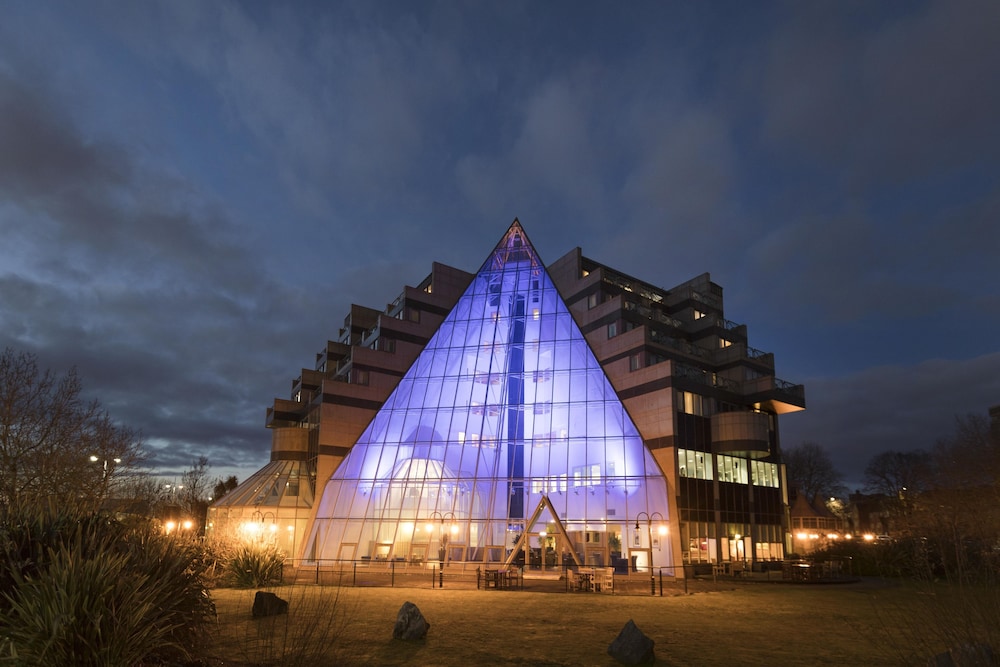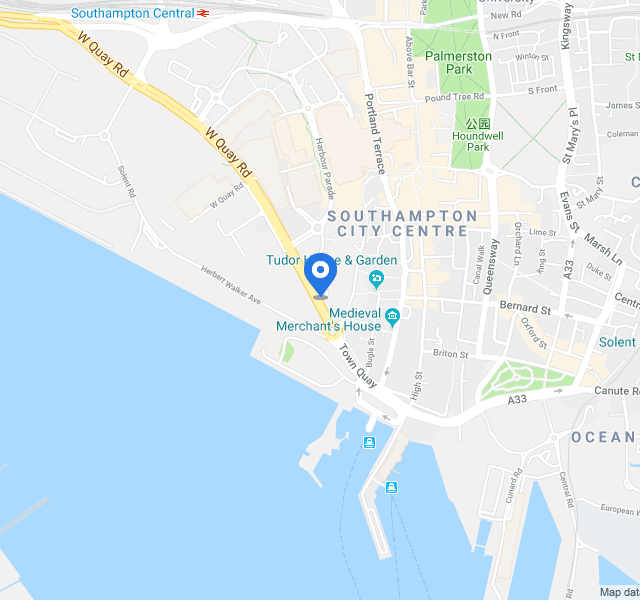Note: If you are able to read the posts on our new site on your smartphone, but not on your computer, laptop, or tablet, please empty your cache and you’ll be able to see us on those devices. If you don’t know how to do this, please email me with the operating system you use (Windows, Chrome, Safari, etc) and I will send you easy step by step instructions. Voila! The problem will be solved!
Today’s photos are from August 27, 2014, while in South Kensington, London from this link.
 |
| My lunch salad in the hotel dining room on a very small plate was US $10.77, 6.50 pounds. |
Hello, again! Wow! I’m learning more and more each day about using WordPress and I’m liking it. No doubt, I could spend months learning every aspect of it. But, for what we do each day, it’s proving to be a relatively easy and enjoyable process with less system-generated errors than we previously experienced with Blogger.
I’m noticing most of our old posts, moved over from Blogger, are seriously impacted by inadequate paragraph spacing. I am contemplating going back over each of our almost 3,000 posts and correcting them, one by one. If I do 10 a day, I could finish in less than a year.
 |
| Liz’s vegetarian lunch in the hotel dining room. |
No offense intended to Blogger. Good grief, they served our needs for over eight years since our first post on Match 15, 2012. (See the link here). Overall, it handled the massive size of our site without an annual hosting fee, whereas we now have to pay for hosting. With confidence and optimism, we signed up with Hostinger, a web hosting company for 48 months, hoping good health and mobility will keep us on the move and able to continue posting.
We continue with our plan of posting photos from years past and right now we are working our way through the 16 nights we spent in South Kensington, London in August 2014, thoroughly embracing English culture, art, and dining. The old notion that English food wasn’t palatable has changed dramatically over the decades.
 |
| How thoughtful of Liz for this useful set of organic products to prevent and treat insect bites, always my nemesis. |
We found English food to be delicious, interesting, and often gourmet with a wide array of international flavors. We particularly enjoyed the popular local “Sunday roast” which generally consisted of meat, beef, pork, or lamb, falling off the bone with au jus, along with a plethora of various roasted vegetables. I skipped the potatoes and other starchy root vegetables and savored every Sunday’s treat, as did Tom. Liz’s husband Dave sent this bottle of beer for Tom. Tonight, we’ll chill it on ice and he’ll drink a toast to Liz and Dave for their thoughtfulness.
Liz’s husband Dave sent this bottle of beer for Tom. Tonight, we’ll chill it on ice and he’ll drink a toast to Liz and Dave for their thoughtfulness.
It was a year ago we spent over two months in England and we never hesitated to partake of Sunday roast at local pubs and restaurants. A few times, we prepared our own Sunday roast, using selected pot roast cuts of beef, a meal we’ve always enjoyed with carrots, onions, whole portobello mushrooms with big chunks of fresh garlic and spices. What a treat!
My mouth is watering as I write this. We haven’t had a morsel of beef since we arrived in India seven months ago, five of which we’ve spent in lockdown, dining on the exact same meals over and over again. Not only do we miss an occasional glass of red wine or a cocktail, but also such simple meals as a bun-less burger, topped with crispy bacon, sliced tomato, and onion, lettuce with homemade sugar-free ketchup. We haven’t had a salad in months.
 |
| Tom’s Calzone at Bella Italia in the neighborhood. |
And this reminds me to get on with the story about today’s photos when six years ago, we met a devoted reader and new friend Liz, who took a two-hour train ride from Bristol to South Kensington to meet with us at our hotel. Again, here’s the link to that post with today’s photos.
Not only was it utterly delightful to meet Liz on that date and share both lunch and dinner with her, later walking her to the train station in the dark, but the continuation of that friendship over the years since that time. Last year, in October, while staying in Wales for 11 days we had an opportunity to see Liz once again, this time with her husband Dave when we all dined at a fabulous restaurant along the river. More on that in October.
 |
| My dinner at Bella Italia of two small chicken breasts in a pot of red sauce with a side of grilled vegetables. |
Please excuse today’s main photo for being blurred. Guess who took the photo? Speaking of photos, I’m chomping at the bit to be able to take and share new photos. Who knows how long it will be before its possible? It could be many months from now.
As for the above mention of “terror in our favorite place in the world,” we’re referring to yesterday’s fire in Marloth Park that totally destroyed three bush houses and damaged a fourth, supposedly from the cigarette of an installer of a thatched roof. High winds caused the fire to rage so quickly, nothing could be done quickly enough to save the bush houses. Due to the dry terrain during this time of year, there’s always a high risk of fires. We were always mindful when cooking outdoors to ensure safety. A fire could destroy the entire conservatory with horrific consequences.
 |
| Liz’s dinner of vegetarian cannelloni and a side salad. |
Not much happening today. After a good night’s sleep last night, today I feel refreshed and more energized than I’ve felt in many days. Hopefulness prevails.
Be well.
_________________________________________
Photo from one year ago today, August 27, 2019:
 Sunrise over the bay in Falmouth, Cornwall, England. For more, please click here.
Sunrise over the bay in Falmouth, Cornwall, England. For more, please click here.




















/images.trvl-media.com/hotels/1000000/20000/20000/19955/87663261_z.jpg)










































































